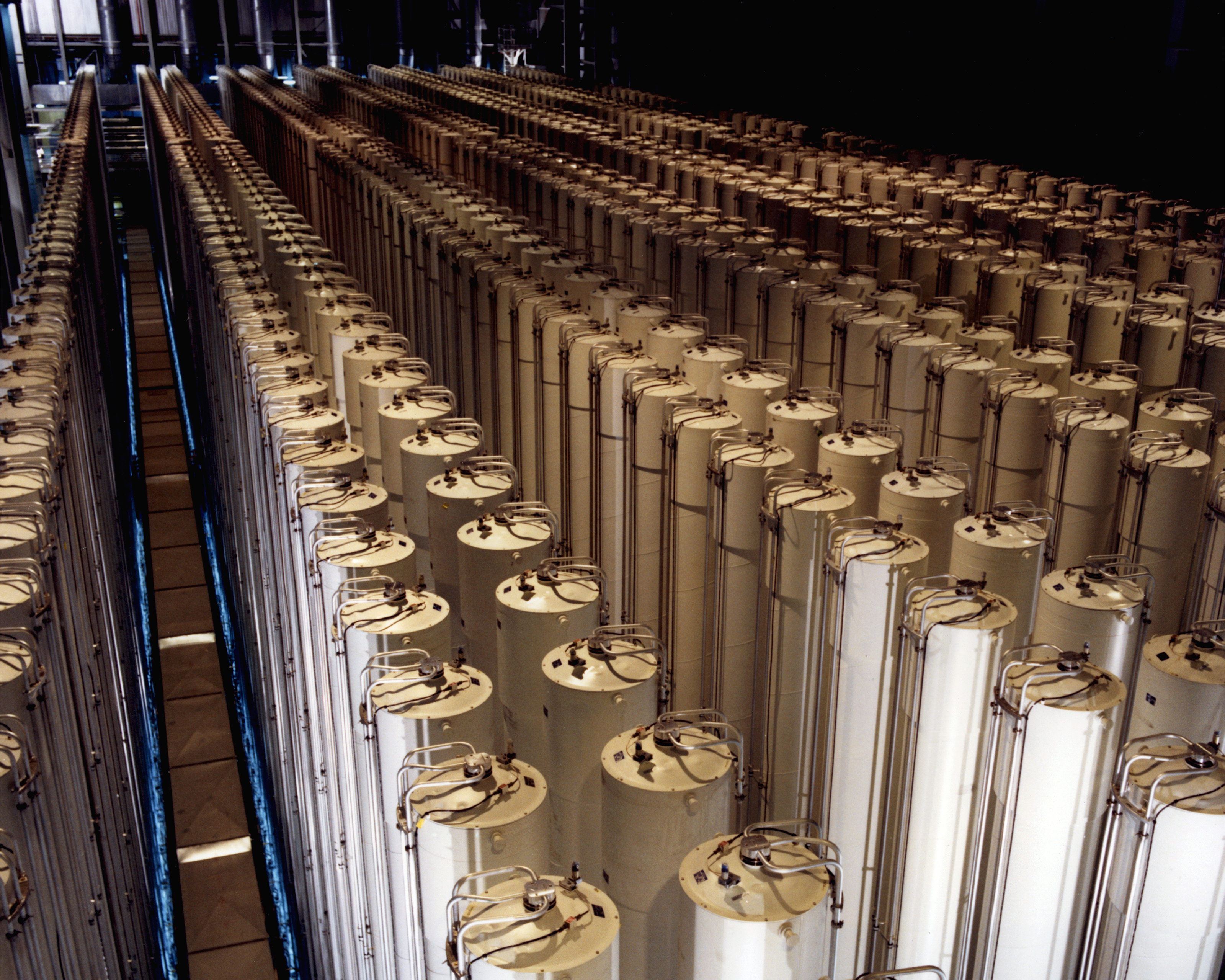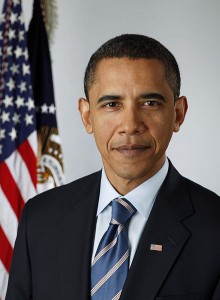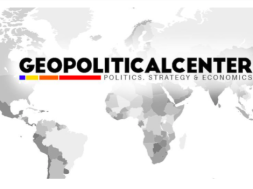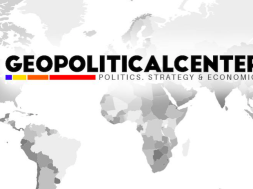
Nucleare iraniano la Casa Bianca chiarisce i termini dell’accordo (e smentisce il Presidente)

Il documento della Casa Bianca smentisce alcune dichiarazioni rilasciate da Obama che parlavano di neutralizzazione completa di tutto lo Stock iraniano di uranio arricchito al 20% e la contestuale demolizione di strutture indutriali iraniane dedicate all’arriccimento del minerale di uranio.
Il documento della Casa Bianca conferma quanto scritto nei giorni scorsi su queste pagine ed in parte conferma le dichiarazioni del team iraniano incaricato di portare avanti le trattative con le potenze del 5+1.
Ma cosa dice il documento della Casa Bianca riguardante il programma atomico iraniano?
Il documento afferma che a partire dal 20 gennaio 2014 entra in vigore il cosiddetto “Joint Plan of Action” il quale prevede un percorso di sei mesi durante il quale vengono forniti all’Iran una serie di benefici economici e commerciali in cambio di quanto segue:
- Fermare la produzione di uranio al 20% in purezza dell’isotopo 235 e disconnettere le cascate di centrifughe che permettono oggi in Iran questo tipo di processo
- Iniziare a diluire la metà dell’uranio arricchito al 20% (come esafluoruro di uranio) ad un livello di purezza del 5% (ma sempre sotto forma di esafluoruro di uranio), il restante uranio al 20% dovrà invece essere trasformato in combustibile per i reattori di ricerca cioè nella forma di ossido di uranio (processo che a differenza della diluizione è molto più difficile da invertire)
- Fermare i processi di arricchimento in circa la metà delle centrifughe di Natanz e nei tre quarti delle centrifughe di Fordow, incluse tutte le centrifughe di seconda generazione già installate e funzionanti
- Limitare la produzione di centrifughe alla sola quota necessaria per rimpiazzare le centrifughe in avaria, non costruire nuovi siti per l’arricchimento e non procedere nella ricerca e sviluppo di oltre l’attuale livello di conoscenze iraniane. (Ecco perché nei giorni scorsi l’Iran ha dichiarato di sperimentare già da dicembre centrifughe di terza e quarta generazione)
- Non attivare o caricare con combustibile il reattore ad acqua pesante di Arak (fatto che testimonia il forte avanzamento dei lavori già compiuti ad Arak)
- Non costruire una struttura capace di riprocessare il combustibile esausto di Arak. Processo indispensabile per estrarre il Plutonio generato come sottoprodotto dal reattore stesso
Come potete leggere non si trova nessuna indicazione alla demolizione di strutture industriali iraniane, e non esiste un limite alla quantità di Uranio al 5% che l’Iran possa accumulare.
In effetti, il tetto alla quantità di uranio accumulabile dall’Iran, sembra essere l’unico obiettivo del futuro accordo definitivo sul nucleare iraniano. Nel documento della Casa Bianca si legge infatti che al termine dei sei mesi l’Iran si impegna a porre un limite alla quantità di uranio al 5% che la Repubblica Islamica potrà possedere.
In cambio dl rispetto di questi termini l’Iran riceverà 7 miliardi di dollari provenienti dagli asseti finanziari iraniani in occidente viene concesso il libero commercio dei metalli preziosi (oro in particolare) e viene consentito il commercio di pezzi di ricambio per l’aeronautica civile iraniana.
Ecco questo è a grandi linee l’accordo tra 5+1 ed Iran sul programma nucleare. Diciamo a grandi linee perché i protocolli aggiuntivi e eventualmente quelli segreti non sono disponibili per le nostre analisi.
Qui di seguito il comunicato della Casa Bianca
The White House
Office of the Press Secretary
For Immediate Release January 16, 2014
Summary of Technical Understandings Related to the Implementation of the Joint Plan of Action on the Islamic Republic of Iran’s Nuclear Program
On January 12, 2014, the P5+1 (the United States, United Kingdom, Germany, France, Russia, and China, coordinated by EU High Representative Catherine Ashton) and Iran arrived at technical understandings for the Joint Plan of Action, which will be implemented beginning on January 20, 2014.
The Joint Plan of Action marks the first time in nearly a decade that the Islamic Republic of Iran has agreed to specific actions that stop the advance of its nuclear program, roll back key aspects of the program, and include unprecedented access for international inspectors. The technical understandings set forth how the provisions of the Joint Plan of Action will be implemented and verified, and the timing of implementation of its provisions. Specifically, the technical understandings specify the actions that Iran will take to limit its enrichment capacity at Natanz and Fordow, as well as the limits on safeguarded research and development (R&D); the actions Iran will take to implement its commitments not to fuel the Arak reactor or install remaining components at the reactor; and the actions Iran will take to facilitate International Atomic Energy Agency (IAEA) verification and confirmation that Iran is fully implementing these commitments. The understandings also clarify the reciprocal actions that the P5+1 and the EU will take.
Between now and January 20th, Iran, the IAEA, the United States, and our international partners, will take the remaining required steps to begin implementing the Joint Plan of Action on that date.
What Iran Has Committed To Do
On January 20th, the IAEA will report on the current status of Iran’s nuclear program, and particularly on its uranium enrichment program and the Arak reactor. The IAEA will also report on several specific steps that Iran has committed to take by or on the first day of implementation, including:
Halting production of near-20% enriched uranium and disabling the configuration of the centrifuge cascades Iran has been using to produce it.
Starting to dilute half of the near-20% enriched uranium stockpile that is in hexafluoride form, and continuing to convert the rest to oxide form not suitable for further enrichment.
In addition, over the course of the Joint Plan of Action, the IAEA will verify that Iran is:
Not enriching uranium in roughly half of installed centrifuges at Natanz and three-quarters of installed centrifuges at Fordow, including all next generation centrifuges.
Limiting its centrifuge production to those needed to replace damaged machines, so Iran cannot use the six-month period to stockpile centrifuges.
Not constructing additional enrichment facilities.
Not going beyond its current enrichment R&D practices.
Not commissioning or fueling the Arak reactor.
Halting the production and additional testing of fuel for the Arak reactor.
Not installing any additional reactor components at Arak.
Not transferring fuel and heavy water to the Arak reactor site.
Not constructing a facility capable of reprocessing. Without reprocessing, Iran cannot separate plutonium from spent fuel.
Iran has also committed to a schedule for taking certain actions during the six-month period. This includes:
Completion of dilution of half of its stockpile of near-20% uranium hexafluoride in three months, and completion of conversion of the rest of that material to oxide in six months.
A cap on the permitted size of Iran’s up to 5% enriched uranium stockpile at the end of the six-month period.
Verification Mechanisms
To ensure Iran is fulfilling its commitments, the IAEA will be solely responsible for verifying and confirming all nuclear-related measures, consistent with its ongoing inspection role in Iran. In addition, the EU, P5+1 and Iran will establish a Joint Commission to work with the IAEA to monitor implementation of the Joint Plan of Action. The Joint Commission will also work with the IAEA to facilitate resolution of past and present concerns with respect to Iran’s nuclear program.
The Joint Commission will be composed of experts of the EU, P5+1 and Iran, and it will convene at least monthly to consider the implementation of the Joint Plan of Action and any issues that may arise. Any decisions that are required on the basis of these discussions will be referred to the Political Directors of the EU, the P5+1, and Iran.
Transparency and Monitoring
Iran committed in the Joint Plan of Action to provide increased and unprecedented transparency into its nuclear program, including through more frequent and intrusive inspections as well as expanded provision of information to the IAEA.
The Iranian enrichment facilities at Natanz and Fordow will now be subject to daily IAEA inspector access as set out in the Joint Plan of Action (as opposed to every few weeks). The IAEA and Iran are working to update procedures, which will permit IAEA inspectors to review surveillance information on a daily basis to shorten detection time for any Iranian non-compliance. In addition, these facilities will continue to be subjected to a variety of other physical inspections, including scheduled and unannounced inspections.
The Arak reactor and associated facilities will be subject to at least monthly IAEA inspections – an increase from the current inspection schedule permitting IAEA access approximately once every three months or longer.
Iran has also agreed to provide for the first time:
Long-sought design information on the Arak reactor;
Figures to verify that centrifuge production will be dedicated to the replacement of damaged machines; and
Information to enable managed access at centrifuge assembly workshops, centrifuge rotor production workshops and storage facilities, and uranium mines and mills.
These enhanced monitoring measures will enable the IAEA to provide monthly updates to the Joint Commission on the status of Iran’s implementation of its commitments and enable the international community to more quickly detect breakout or the diversion of materials to a secret program.
What the P5+1 and EU Have Committed To Do
As part of this initial step, the P5+1 and EU will provide limited, temporary, and targeted relief to Iran. The total value of the relief is between $6 and $7 billion – a small fraction of the $100 billion in Iranian foreign exchange holdings that will continue to be blocked or restricted. Some relief will be provided from the first day; most will be provided in installments over the span of the entire six-month period. The relief is structured so that the overwhelming majority of the sanctions regime, including the key oil, banking, and financial sanctions architecture, remains in place – and sanctions will continue to be vigorously implemented throughout the six-month period.
Once the IAEA has confirmed Iran is implementing its commitments, in return the P5+1 and EU have committed to do the following on the first day of implementation:
Suspend the implementation of sanctions on Iran’s petrochemical exports and Iran’s imports of goods and services for its automotive manufacturing sector.
Suspend sanctions on Iran’s import and export of gold and other precious metals, with significant limitations that prevent Iran from using its restricted assets overseas to pay for these purchases.
License expeditiously the supply of spare parts and services, including inspection services, for the safety of flight of Iran’s civil aviation sector.
Pause efforts to further reduce purchases of crude oil from Iran by the six economies still purchasing oil from Iran.
Facilitate the establishment of a financial channel intended to support humanitarian trade that is already permitted with Iran and facilitate payments for UN obligations and tuition payments for students studying abroad.
Modify the thresholds for EU internal procedures for the authorization of financial transactions.
The P5+1 and EU have also committed to take certain actions to facilitate Iran’s access to $4.2 billion in restricted Iranian funds on a set schedule at regular intervals throughout the six months. Access to a small portion of these funds will be linked to Iran’s progress in completing the dilution process for near-20% enriched uranium. Iran will not have access to the final installment of the $4.2 billion until the last day of the six-month period.
The installments will be released on the schedule below, contingent on the IAEA confirming that Iran is fulfilling its commitments.
February 1st – $550 million (installment #1)
March 1st – $450million (contingent on the IAEA confirming that Iran has completed dilution of half of the stockpile of near-20% enriched uranium it is required to dilute)
March 7th – $550 million (installment #2)
April 10th – $550 million (installment #3)
April 15th – $450 million (contingent on the IAEA confirming that Iran has completed dilution of its entire stockpile of near-20% enriched uranium it is required to dilute)
May 14th – $550 million (installment #4)
June 17th – $550 million (installment #5)
July 20th – $550million (installment #6 is on day 180) (contingent on the IAEA confirming that Iran has fulfilled all of its commitments)
A Comprehensive Solution
With this implementation plan, we have made concrete progress. We will now focus on the critical work of pursuing a comprehensive resolution that addresses our concerns over Iran’s nuclear program. Shortly after the Joint Plan of Action takes effect on January 20th, the United States will determine with our P5+1 partners our approach to the comprehensive solution. Discussions with Iran will follow that coordination process.
With respect to the comprehensive solution, nothing is agreed to until everything is agreed to. We have no illusions about how hard it will be to achieve this objective, but for the sake of our national security and the peace and security of the world, now is the time to give diplomacy a chance to succeed.







